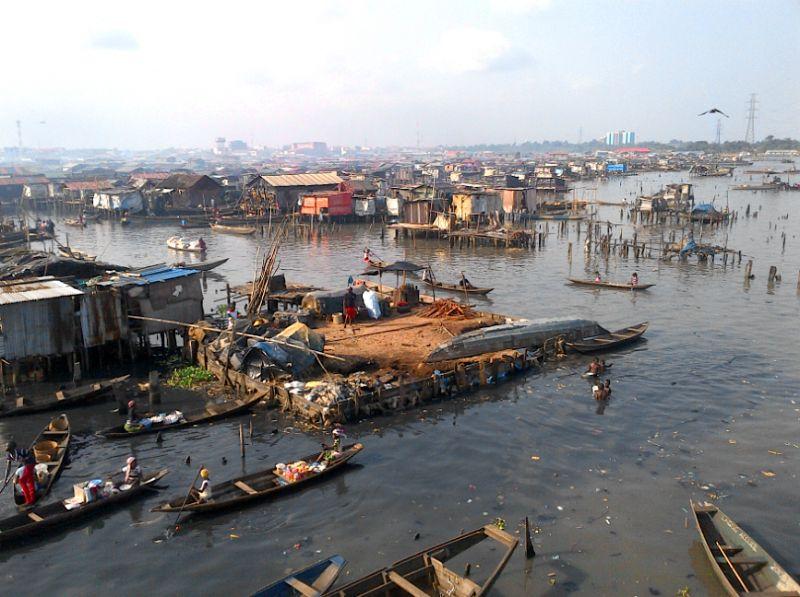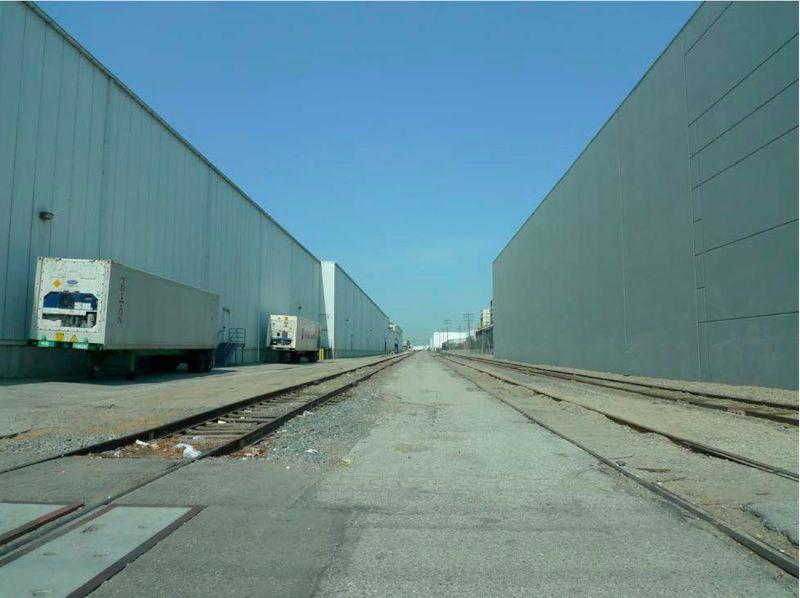There are more ways than one to perceive a city. In The Urban Metabolism the urban landscape is considered as a complex, vast and interactive system that continuously works to meet the needs of its inhabitants. Most global environmental problems are due to the malfunctioning of the urban metabolism. If we want to solve problems worldwide, we will have to address those of our cities, first.
Exhibition
The Urban Metabolism

- from May 29 to August 24, 2014
- Kunsthal
- Westzeedijk 341, Rotterdam
The exhibition is arranged like a matrix. Along the one axis run nine lines, each covering a single flow. These are air, water, biota, food, energy, waste, humans, cargo, and finally sand, sediment and construction materials. Using three levels of analysis, each flow is dissected in a separate pavilion. On the first level, the focus is on the design of the infrastructure itself. The second level shows the potential of thinking in terms of flows for solving environmental problems. The third level shows how the analysis of flows can be deployed as a tool for the design, planning, and control of our cities.
The IABR asked the Netherlands Environmental Assessment Agency (PBL) to investigate on a global and national level what the separate key issues and bottlenecks for each flow actually are.
Along the other axis, the work of the IABR–Atelier Rotterdam shows all of the flows in context, presenting a first synthesis of the metabolic approach as well as proposals for pilot project on specific locations in Rotterdam.





